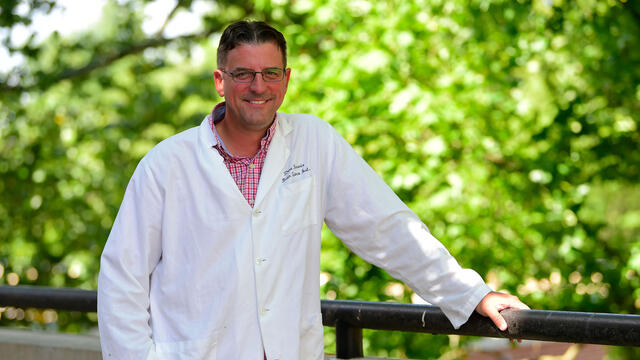Chemistry professor’s cancer drug clears final hurdle: FDA approval
The FDA just approved cedazuridine, the cancer drug Chemistry professor Dana Ferraris invented more than a decade ago when he worked in the biotech industry as a medicinal chemist. In its approval announcement, the agency says the combination of cedazuridine with the cancer drug decitabine in pill form is “an important advance in treatment options for patients with myelodysplastic syndromes (MDS), a type of blood cancer, who previously needed to visit a health care facility to receive intravenous treatment.”
